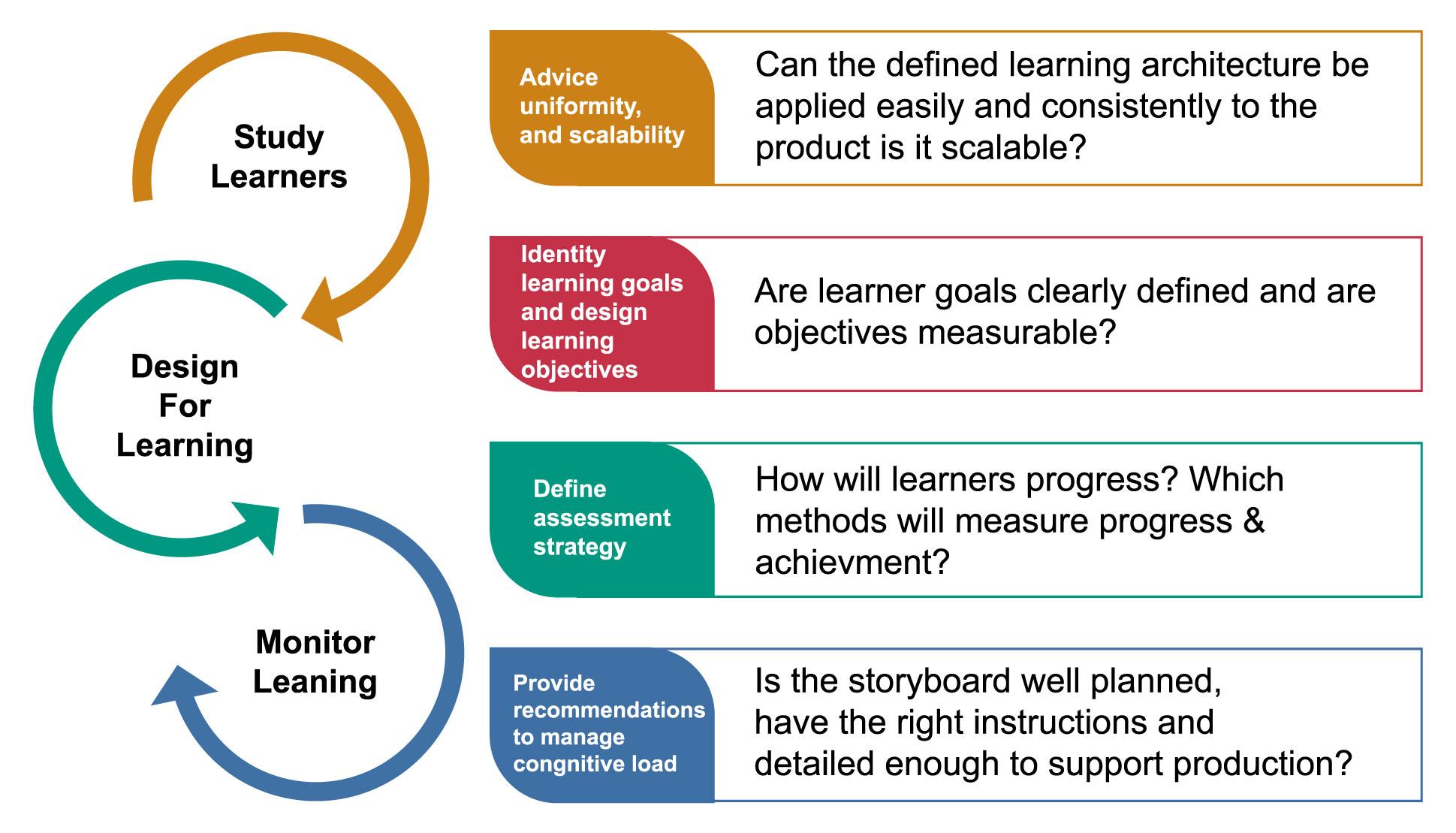A formal Digital Education Content Market Competitive Analysis, utilizing a framework such as Porter's Five Forces, reveals a complex and challenging industry structure. The analysis shows a market characterized by intense rivalry, a high and growing threat of substitutes, significant buyer power, and formidable barriers to entry at the high end. Understanding these structural forces is essential for any company—incumbent or new entrant—seeking to craft a sustainable and profitable strategy. The market's immense growth potential often masks these underlying competitive pressures, but they are what ultimately determine profitability and long-term viability. The Digital Education Content Market size is projected to grow USD 1251.72 Billion by 2035, exhibiting a CAGR of 15.85% during the forecast period 2025-2035. This growth ensures that the competitive arena will remain dynamic and fiercely contested, making a clear-eyed analysis of the competitive forces a critical exercise for strategic planning.
The rivalry among existing competitors is extremely high and comes from multiple directions. Traditional publishers (Pearson, Cengage) compete fiercely with each other for institutional adoptions. They also compete with digital-native platforms (Coursera, Udemy), which in turn compete with each other for learners, instructors, and corporate clients. This intense rivalry puts constant pressure on pricing, forces heavy investment in marketing and technology, and leads to a rapid pace of innovation as each player tries to differentiate its offering. The threat of new entrants is mixed. At the low end—creating a single online course or a niche educational app—the barriers are very low, leading to a highly fragmented "long tail" of small competitors. However, at the high end—building a comprehensive learning platform with a trusted brand and relationships with thousands of institutions—the barriers to entry are immense. The capital investment, technological complexity, and time required to build a reputable content library and user base are formidable, making the threat of a new, at-scale entrant relatively low.
The other forces in the model are equally powerful. The threat of substitute products or services is arguably the most significant pressure on the market. The primary substitute for a paid digital course is the vast universe of free content available online, most notably on YouTube, but also through blogs, podcasts, and open-source documentation. For a learner motivated to self-study, these free substitutes can be highly effective, putting a ceiling on the price that commercial providers can charge for similar content. The bargaining power of buyers is also high and increasing. In the institutional market, large universities and school districts can exert significant pressure on publishers to lower prices. In the direct-to-consumer market, learners have a vast array of choices and are increasingly price-sensitive, able to easily compare different platforms and courses. Finally, the bargaining power of suppliers is also significant. For MOOC platforms, the elite universities that provide the content have immense brand power and can negotiate favorable revenue-sharing terms. For publishers, best-selling authors and subject matter experts are critical assets. This analysis reveals a challenging industry where success requires navigating intense rivalry and powerful external pressures by building a differentiated brand, a loyal community, and a clear and compelling value proposition.
Top Trending Reports -

